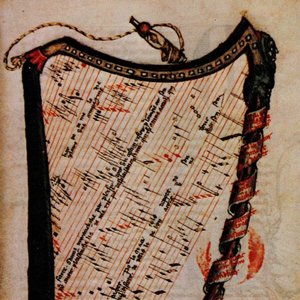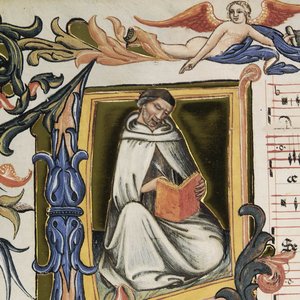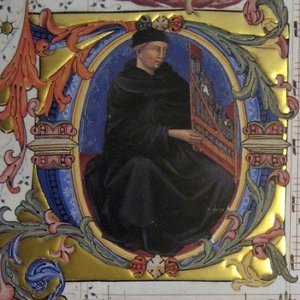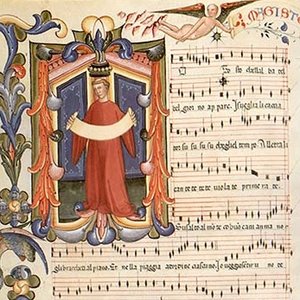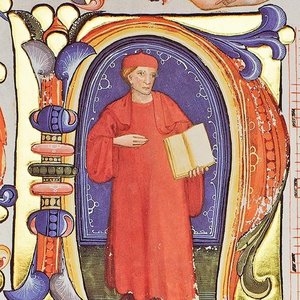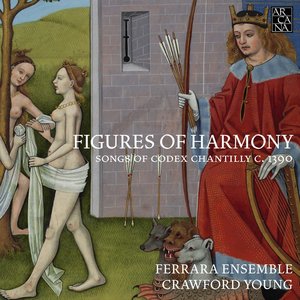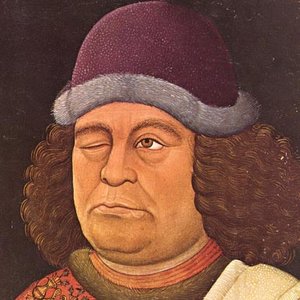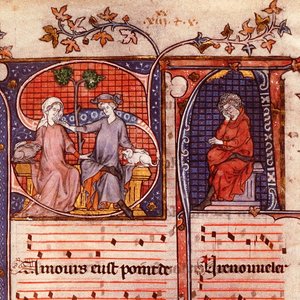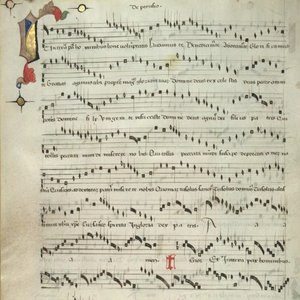Biography
-
Born
1370
-
Born In
Liège, Liège, Wallonie, Belgium
-
Died
July 1412 (aged 42)
Johannes Ciconia (c. 1335 or c. 1370–1412) was a late mediaeval composer and music theorist. He has possibly been conflated with his father of the same name in some biographical accounts, hence the uncertainty over his date of birth. All the composer's works are believed to date from later than about 1390.
Ciconia was born in Liège. A Johannes Ciconia, probably the composer's father, worked in Avignon in 1350 as a clerk for the wife of the nephew of Pope Clement VI. In 1358 this Johannes Ciconia settled in Italy, working in Padua. During his time in Italy, he travelled widely as an adjuct of Cardinal Gil Alvarez De Albornoz and came into contact with all of the local musical styles; evidently, he incorporated what he heard into his music. In 1372, he returned to Liège, where he stayed for an unknown period; he is known to have fathered a family there, although he remained unmarried.
A second musician by the name of Johannes Ciconia appears in records in Liège in 1385 as a duodenus, generally a person of young age, and thus more likely the composer himself. Papal records suggest that this Ciconia was in the service of Pope Boniface IX in Rome in 1391. When Ciconia moved to Padua is unknown - with the possibility of an intermediate stay in Pavia being strongly asserted by Di Bacco and Nádas - but it is understood that he was in Padua by 1401, where he remained until his death.
Ciconia's music has evidenced a comparable commingling of styles. Music typical of northern Italy, such as his madrigal Una panthera, is combined with the French ars nova. The more complex ars subtilior style surfaces in one work, Sus un fontayne, and the late Medieval style begins to morph into writing which points towards the melodic patterning of the Renaissance (e.g., O rosa bella). He wrote music both secular (French virelais, Italian ballate and madrigals) and sacred (motets, mass movements, some of them isorhythmic), and he penned treatises on music as well. It remains possible that some works have been misattributed to him.
Artist descriptions on Last.fm are editable by everyone. Feel free to contribute!
All user-contributed text on this page is available under the Creative Commons Attribution-ShareAlike License; additional terms may apply.


